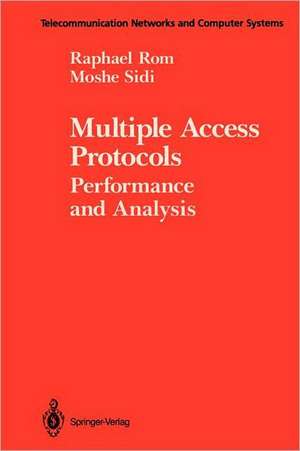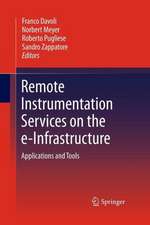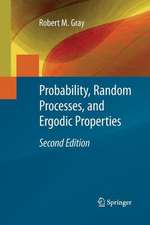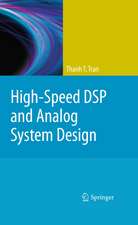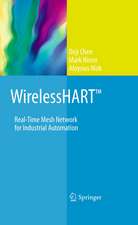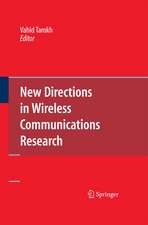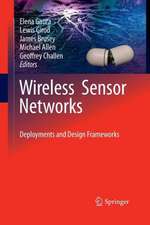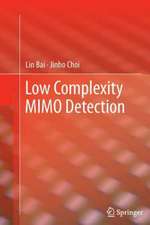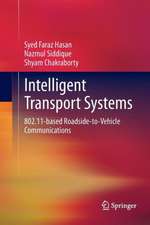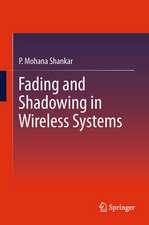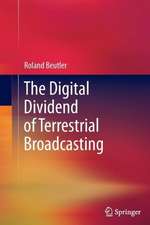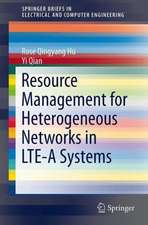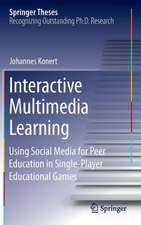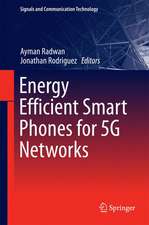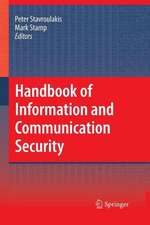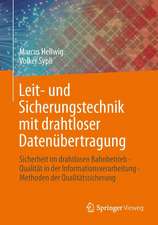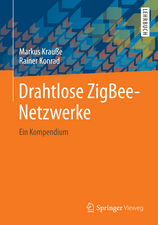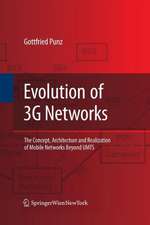Multiple Access Protocols: Performance and Analysis: Telecommunication Networks and Computer Systems
Autor Raphael Rom, Moshe Sidien Limba Engleză Paperback – 3 oct 2011
Preț: 635.15 lei
Preț vechi: 747.23 lei
-15% Nou
Puncte Express: 953
Preț estimativ în valută:
121.57€ • 132.10$ • 102.19£
121.57€ • 132.10$ • 102.19£
Carte tipărită la comandă
Livrare economică 21 aprilie-05 mai
Preluare comenzi: 021 569.72.76
Specificații
ISBN-13: 9781461279976
ISBN-10: 1461279976
Pagini: 188
Ilustrații: VIII, 177 p.
Dimensiuni: 155 x 235 x 10 mm
Greutate: 0.27 kg
Ediția:Softcover reprint of the original 1st ed. 1990
Editura: Springer
Colecția Springer
Seria Telecommunication Networks and Computer Systems
Locul publicării:New York, NY, United States
ISBN-10: 1461279976
Pagini: 188
Ilustrații: VIII, 177 p.
Dimensiuni: 155 x 235 x 10 mm
Greutate: 0.27 kg
Ediția:Softcover reprint of the original 1st ed. 1990
Editura: Springer
Colecția Springer
Seria Telecommunication Networks and Computer Systems
Locul publicării:New York, NY, United States
Public țintă
ResearchCuprins
1. Introduction.- 1.1. Protocol Classification.- 1.2. The System Model.- 2. Conflict-Free Access Protocols.- 2.1. Frequency Division Multiple Access.- 2.2. Time Division Multiple Access.- 2.3. Generalized TDMA.- 2.4. Dynamic Conflict-Free Protocols.- 2.5. Related Analysis.- Exercises.- Appendix: Distribution of the Mod Function.- 3. Aloha Protocols.- 3.1. Pure Aloha.- 3.2. Slotted Aloha.- 3.3. Slotted Aloha — Finite Number of Users.- 3.4. (In)Stability Of Aloha Protocols.- 3.5. Related Analysis.- 2.1 Exercises.- 4. Carrier Sensing Protocols.- 4.1. Nonpersistent Carrier Sense Multiple Access.- 4.2. 1-Persistent Carrier Sense Multiple Access.- 4.3. Slotted Carrier Sense Multiple Access.- 4.4. Carrier Sense Multiple Access with Collision Detection.- 4.5. Related Analysis.- Exercises.- 5. Collision Resolution Protocols.- 5.1. The Binary-Tree Protocol.- 5.2. Enhanced Protocols.- 5.3. Limited Sensing Protocols.- 5.5. Related Analysis.- Exercises.- Appendix: Moments of Collision Resolution Interval Length.- 6. Additional Topics.- References.- Appendix: Mathematical Formulae and Background.- Glossary of Notation.
